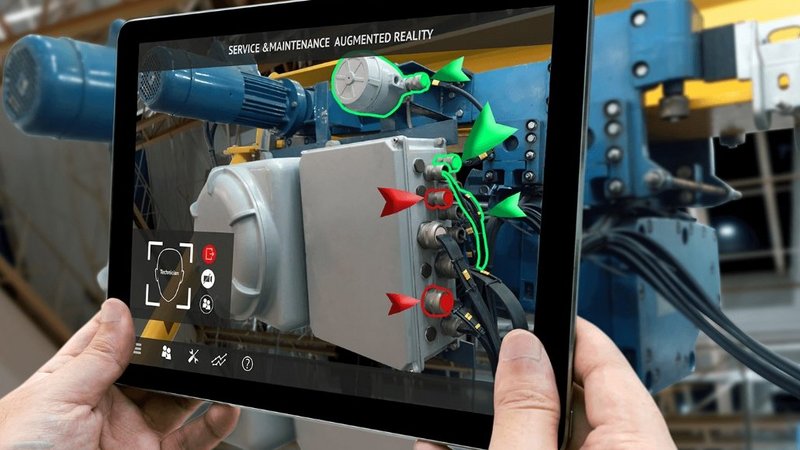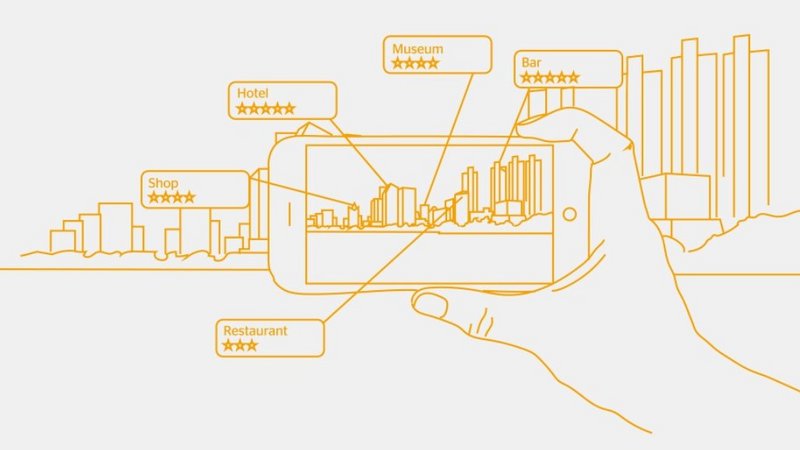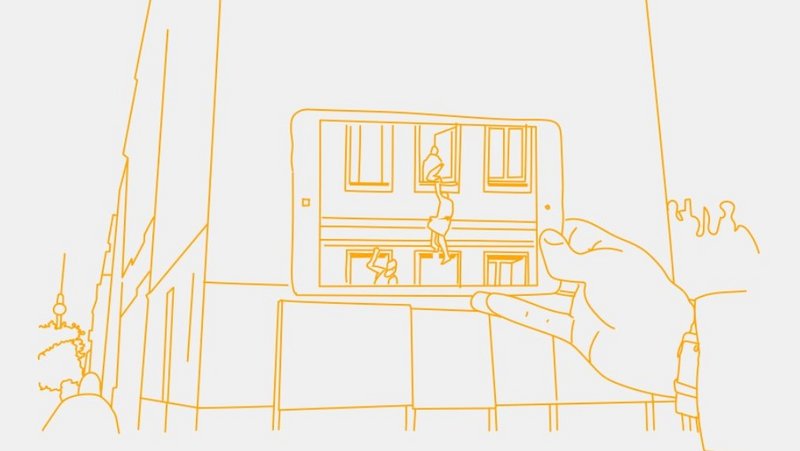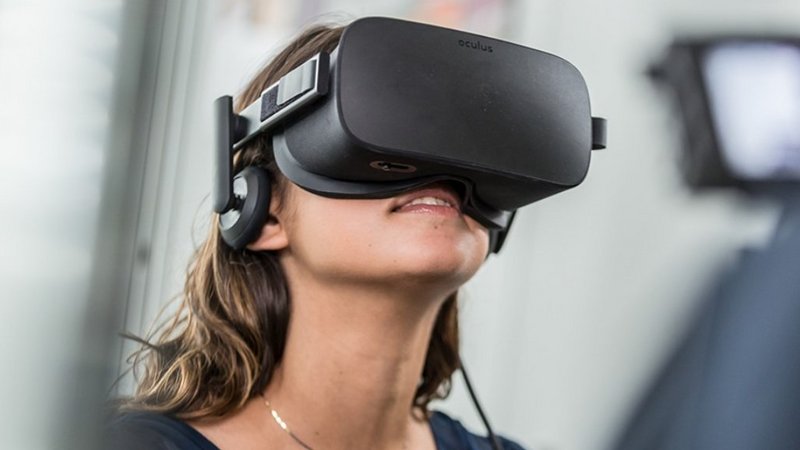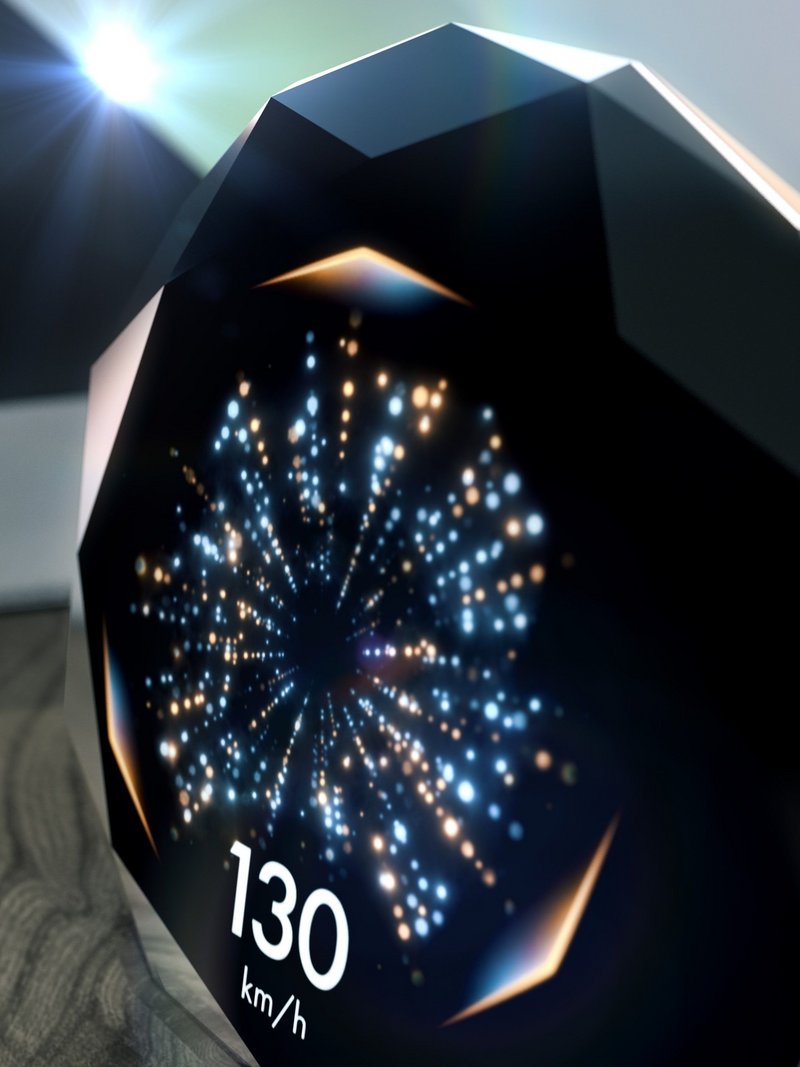Seeing Things Like You’ve Never Seen Them Before
Seeing Things Like You’ve Never Seen Them Before
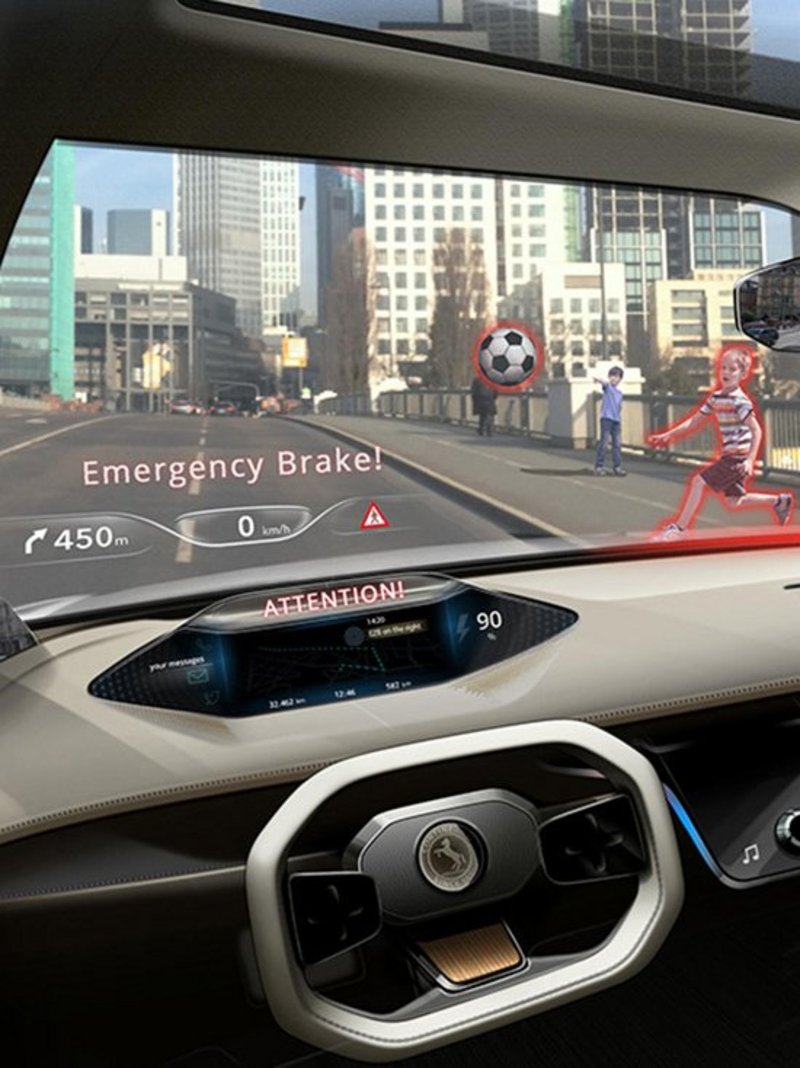
A vehicle’s cockpit is a fundamental design element for safe mobility. In the future, the driver will receive an even better supply of information and will constantly have an overview of traffic – thanks to augmented reality, the computer-based advancement in how we perceive reality.
The human–machine interface is becoming increasingly important
Distraction at the steering wheel is the number one cause of accidents. Whether this is due to using a smartphone (forbidden for good reason), spending too long looking at the speedometer or adjusting the ventilation – just a brief moment of inattentiveness can lead to dangerous situations. Taking your eyes off the road for too long and engaging in operating procedures that require demanding hand–eye coordination is therefore best avoided. Yet at the same time, there are more and more features in a vehicle cockpit and connectivity with the Internet, music and apps is increasing. Meanwhile, new drive systems provide new items of information, which have never before played a role in the history of the automobile. One example of this is coasting in the hybrid vehicle, an energy-saving method used in electrified driving. All of this increases the operating spectrum and the driver's need for information. It is precisely here that the new augmented-reality head-up display from Continental comes into play. It converts information into intuitive understanding and places valuable virtual items of information in the driver’s field of vision.
The new variable in augmentation
Due to the normally expansive mirror systems with which items of information can be projected onto the windshield, large-scale head-up displays have previously been reserved for the premium class of passenger cars. This is not as it should be. So when we designed the new display, we had to think small. At the Consumer Electronics Show 2019 in Las Vegas, one of the world's largest trade fairs for entertainment electronics, Continental will be showcasing an automobile-friendly augmented reality head-up display based on waveguide technology. The new milestone was developed together with DigiLens Inc., a leading Silicon Valley-based company in projection technology based on holographic lattice structures. The spectacular new waveguide technology means that expansive mirror systems are no longer required and, for the first time, the particularly large-scale augmentation (support) in the driver's field of vision with compact device dimensions.
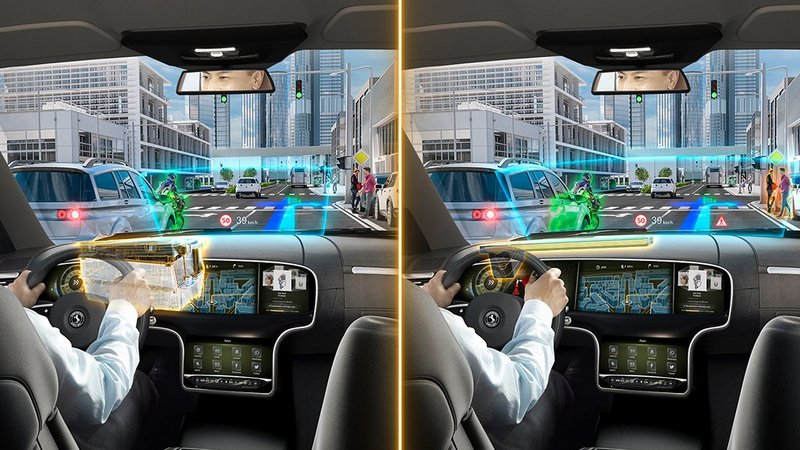
Augmented reality – already a reality in many places
Augmented reality has already made inroads into many different parts of our lives. While it originated in military aviation and was designed for use in helmet visors to assist fighter pilots, there are now a wide range of civilian applications and it is an integral part of our everyday life. One of the most popular examples can be seen in football. A whistle, a free kick, the wall is in position – but is the distance between the shooter and the defense correct? The distance is shown here by means of augmented reality. But augmented reality is also setting new benchmarks in many other areas, too.
Augmented reality is the perfect merger of data and real life: This enhanced view of reality offers greater knowledge, greater comfort and greater safety – including when on the road with the augmented-reality head-up display.

